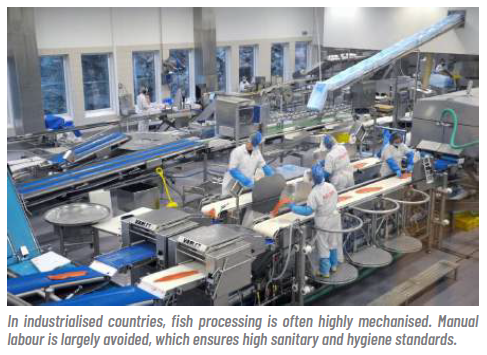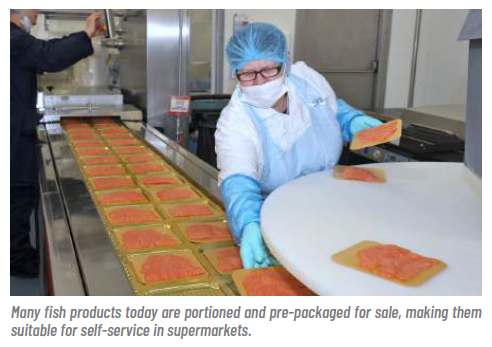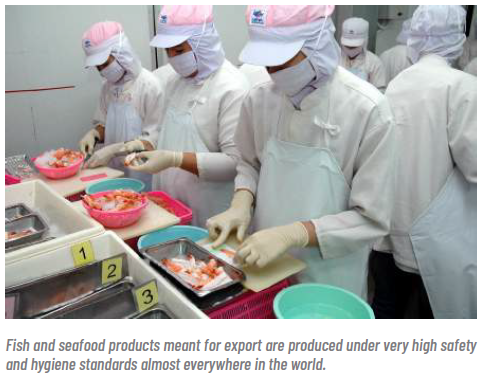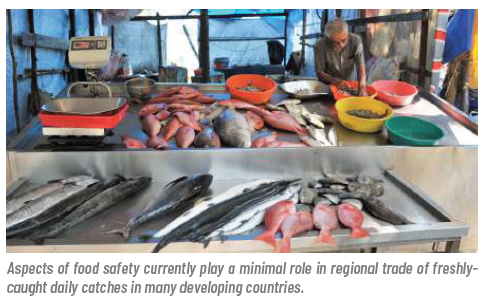Article II 2/2025 - FOOD SAFETY ALWAYS TAKES TOP PRIORITY

This development has been given a major boost due to globalisation and liberalisation of markets in many countries. Moreover, the World Trade Organization (WTO) classifies fish as an industrial product, for which, unlike many agricultural products, relatively low import duties apply. The opening of markets to products from other regions of the world, which often produce food under completely different traditions, regulations and standards, offers not only opportunities but also poses a particular challenge. This is because there is a real risk that products from the producing countries may collide with regulations and requirements in recipient countries and therefore be rejected.
The range of requirements and possible safety and quality concerns that can prevent unhindered market access is wide. It is no longer just about protecting the safety and health of consumers, but also protecting and preserving the environment in the producing countries, ensuring decent working conditions, and using aquatic resources sustainably.
Preventing the compartmentalisation of markets

Controls according to standardised regulations
To counteract such risks, binding international standards are needed for the harmonisation of safety and quality standards in the global trade in fish and seafood. This harmonisation must encompass all areas of the food trade, from sourcing raw materials to processing and packaging, to export to other countries, as far as it pertains to food safety. Particularly important is the traceability of all products and their ingredients to the place of origin, as laws and regulations regarding food safety often differ from country to country and supply chains are becoming increasingly complex. Ensuring the safety and quality of fish products requires enhanced international cooperation and the development of sciencebased standards. These must align with the latest findings in the field and effectively distribute the responsibility for safety across the entire food chain.
Trade barriers complicate global business
However, these legitimate measures must not be misused as a pretext for the creation of technical trade barriers. The TBT Agreement (technical barriers to trade) aims to prevent such unjustified trade barriers.
Technical regulations, standards, and conformity assessments must be non-discriminatory and must not create unnecessary barriers to trade. Internationally recognised standards such as ISO 22000, developed by the International Organization for Standardization (ISO), also aim in the same direction by providing an important framework for management systems in food safety.
HACCP has significantly improved production standards

Supply chain management holds all parties accountable

A useful tool in these assessments is the Risk Ranger software package, developed at the Australian Food Safety Centre of Excellence to better assess the microbial risks of foods. The software scales the potential hazards in a point system across eleven categories and assigns products a ranking from 0 to 100. Low risk corresponds to values below 35, medium risk lies between 36 and 59 and high risk is over 60. The reliability of this software is, of course, only as good as the input data. If used correctly, it provides valuable insights into potential product risks and indicates where the focus of inspections should be placed.
Assistance and support for developing countries

This practice is neither desirable nor acceptable, as consumers in poorer producing countries also have the same right to safe and high-quality fish and seafood products. Therefore, the goal of international efforts in this field must be to establish effective national fish control systems that meet both domestic needs and the requirements of export markets.
























